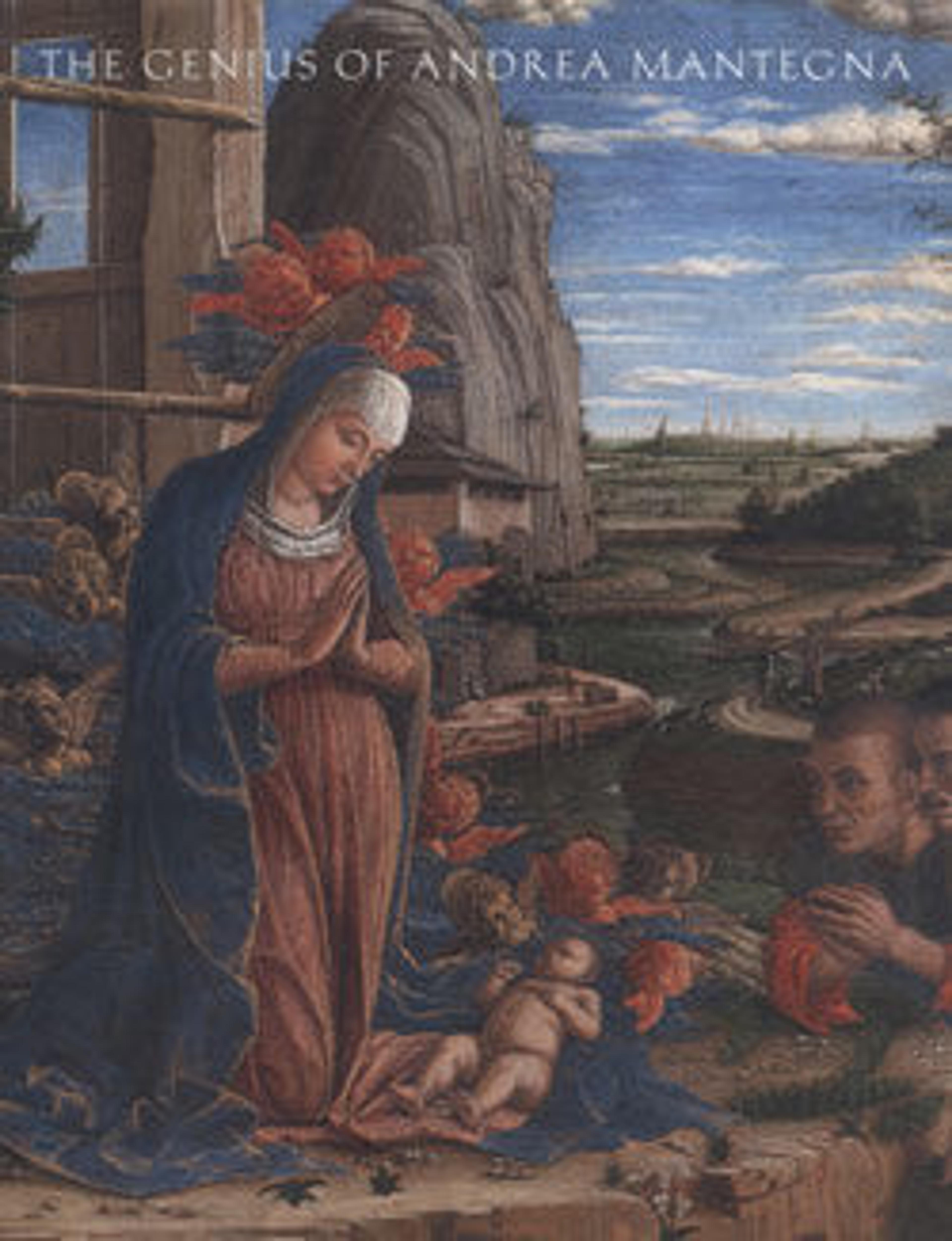Madonna and Child with Seraphim and Cherubim
The composition of this touching image, which may date to about 1454, is inspired by the sculpture of Donatello, who worked at Padua between 1443 and 1453. Its emotional intensity is compromised by abrasion to the paint surface (the face of the Virgin is almost obliterated). Only the cherubim on the right are well preserved. The illusionism of the arched setting is typical of Mantegna’s desire to break through the picture plane and enter the space of the viewer.
Artwork Details
- Title: Madonna and Child with Seraphim and Cherubim
- Artist: Andrea Mantegna (Italian, Isola di Carturo 1430/31–1506 Mantua)
- Date: ca. 1454
- Medium: Tempera and gold on wood
- Dimensions: Arched top, 17 3/8 x 11 1/4 in. (44.1 x 28.6 cm)
- Classification: Paintings
- Credit Line: The Friedsam Collection, Bequest of Michael Friedsam, 1931
- Object Number: 32.100.97
- Curatorial Department: European Paintings
More Artwork
Research Resources
The Met provides unparalleled resources for research and welcomes an international community of students and scholars. The Met's Open Access API is where creators and researchers can connect to the The Met collection. Open Access data and public domain images are available for unrestricted commercial and noncommercial use without permission or fee.
To request images under copyright and other restrictions, please use this Image Request form.
Feedback
We continue to research and examine historical and cultural context for objects in The Met collection. If you have comments or questions about this object record, please contact us using the form below. The Museum looks forward to receiving your comments.
